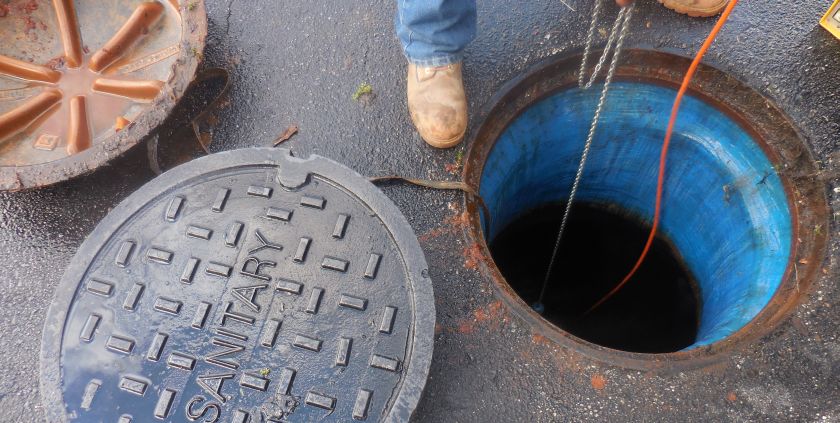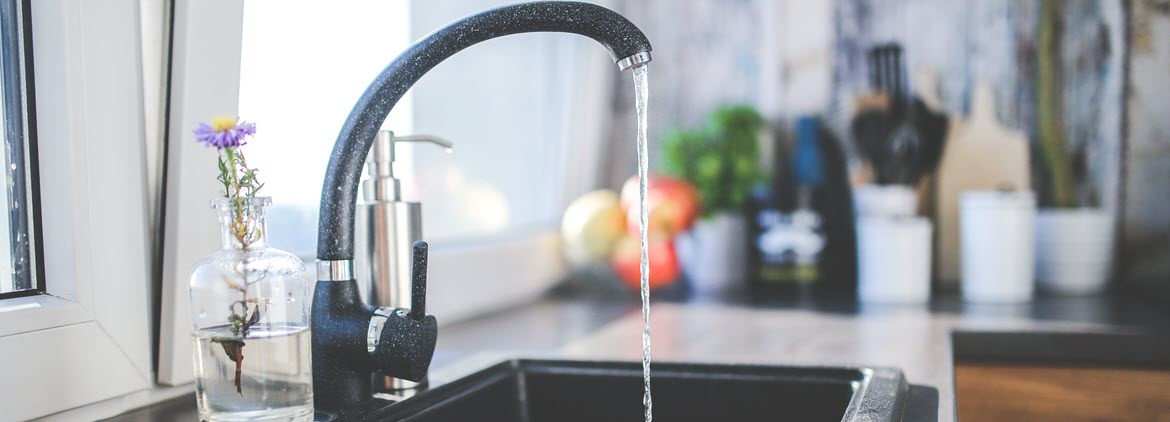What to Handle a Blocked Drain Before Reaching out to Professional Plumbers
What to Handle a Blocked Drain Before Reaching out to Professional Plumbers
Blog Article
Just about everyone has got their personal perception when it comes to How to handle a clogged drain in your home.

Introduction
Handling an obstructed drain can be a frustrating experience, disrupting day-to-day tasks and potentially triggering damages to your residential property. Nevertheless, before reaching out to plumbing specialists, there are steps you can require to deal with the issue yourself. In this overview, we'll explore DIY options and preventive measures to take on an obstructed drainpipe successfully.
Recognizing the Issue
The very first step in addressing an obstructed drainpipe is recognizing the indications. Slow-moving drain, gurgling audios, foul odors emanating from drains pipes, or water support up are common signs of a blocked drainpipe. Identifying these indicators early can assist avoid better issues.
Selecting the Right Pipes Service
When choosing a pipes solution, consider elements such as experience, licensing, and customer reviews. Choose a trusted plumber with a record of quality handiwork and transparent prices practices.
Cost Considerations
The price of professional drainpipe cleaning services can differ relying on the intensity of the blockage and the plumbing's rates. Demand quotes from numerous suppliers and inquire about any added fees to ensure openness and avoid surprises.
Safety and security Precautions
When attempting DIY drainpipe cleansing, focus on safety. Wear protective gloves and eyewear to stay clear of contact with unsafe chemicals or bacteria. Never mix different drainpipe cleansing products, as this can generate dangerous fumes.
Instance Studies
Real-life examples illustrate the performance of DIY services and the relevance of timely professional treatment in fixing drainpipe obstructions.
Common Sources Of Blocked Drainpipes
Understanding the variables that contribute to drain obstructions is crucial for effective resolution. Typical culprits include hair, soap scum, grease, food debris, and foreign objects like sanitary products or paper towels. Tree roots invading underground pipelines can additionally trigger substantial blockages.
DIY Solutions
For small obstructions, numerous DIY remedies can be reliable. Putting boiling thin down the drain can help liquify oil and debris. Baking soda and vinegar or a combination of salt and baking soft drink can act as all-natural cleansers. Using a bettor or plumbing serpent to remove blockages is another choice.
Devices and Equipment
Having the right tools on hand can make DIY drainpipe cleansing extra reliable. A bettor is a functional tool for getting rid of obstructions in sinks, bathrooms, and showers. A pipes serpent or auger can reach much deeper blockages, while drainpipe cleaning chemicals can be made use of cautiously for stubborn obstructions.
Preventive Measures
To avoid future clogs, embracing safety nets is vital. Install drain guards or strainers to capture hair and debris before they enter the pipes. On a regular basis flush drains with warm water to dissolve grease buildup, and stay clear of throwing away grease or strong waste away.
When to Call a Specialist
While do it yourself options can deal with small clogs, certain signs indicate the demand for expert help. Persistent obstructions, foul odors in spite of cleaning initiatives, or multiple drains supporting at the same time are warnings that require expert intervention.
Verdict
By complying with the suggestions described in this guide, you can successfully deal with obstructed drains pipes and protect against future plumbing issues. Whether going with DIY remedies or looking for specialist aid, prompt activity is key to preserving a healthy and balanced plumbing system and preserving the integrity of your home.
How to Clear a Clogged Drain Yourself (And When to Call In the Professionals)
What Can Clog a Drain
Dirt Skin flakes Hair Grease Soap scum Food Offset pipes Tree roots Small objects Mineral buildup DIY Tricks to Unclog a Drain
You can fix this! Once you have identified the source of the clog (or have a vague idea), you can try one or a combination of these fixes in order to clear your plumbing.
Wire Hanger or Snake
Untangle and clear out hair from a drainpipe with a homemade snake. Use a straightened-out wire hanger with a 90-degree angle hook to locate the clog and drag out any unwanted material.
Remember not to push the clog further down to where the wire hanger cannot reach! If you need to follow up with a plunger, give it a try. Your efforts might be more successful after it’s been wire-snaked.
If you want to get fancy and don’t have a wire hanger to spare, head to the store and pick up a hand-operated drain snake. You can get one for $10-$30. It may save you the hassle, and provide additional length to reach deep into the clogged pipe.
Plunger
A cup plunger has a suction cup attached to a wooden handle. The rubber creates a seal around the drain, and increases the pressure force of the plunger.
Plunge for 30-second increments to loosen the clog. This may need to be repeated over the course of 15-20 minutes. Once plunged, run the water to flush the remaining material out of the drain.
Remember– never use a plunger if you have used a chemical drain cleaner. These chemicals can splash up from the force of the plunger and cause serious injury or burns.
Boiling Water
Hot water can sometimes break up materials into a flushable amount. Dirt, grease, and soap buildup requires heat in order to unstick from surfaces.
Take your kitchen kettle and heat your water to a boil. Once it reaches a rolling boil, pour it directly down the drain into the blockage. Carefully follow with plunging, if necessary.
Don’t worry if this takes more than one try! It can often take multiple kettles and repeated plunging in order to clear a particularly stubborn clog.
Chemical Drain Cleaner
As a last resort, pick up a bottle of chemical drain cleaner. Drain-cleaning chemicals are potent, and not very good for the environment.
You may need to wear protective eyewear in gloves before handling your bottle of chemical drain cleaner. Follow the instructions printed on the bottle, and flush with water as soon as the instructions allow. Do not follow with plunging.
Baking Soda and Vinegar
As a safer alternative to chemical drain cleaner, baking soda and vinegar can create a chemical reaction that clears tough clogs.
Combine one cup of cleaning vinegar with one cup of boiling water, and set aside. Once you have done this, pour half a cup of baking soda down the drain. Give the baking thirty seconds to settle and cover a large portion of the problem drain.
Following the baking soda, pour down your vinegar and hot water solution. Once the vinegar and baking soda combine, the mixture will bubble and fix. Let this reaction fizzle in the drain for about an hour.
After an hour, follow with a kettle’s worth of hot water. The heat and liquid should flush out any remaining material.
When to Call a Plumber
If your DIY attempts haven’t cleared your clog drain, it’s time to call in a professional. It’s not worth losing access to your kitchen sink or high-traffic bathroom. A clog in a vital area can keep you from the things you’d rather be doing, and derail your routine.
Anytime a clog is causing water to spread is a time to call in a plumbing service. What starts out as a little bit of water can quickly grow into serious, expensive water damage.
Additionally, a serious clog can result in burst pipes or serious leaks. Make sure you know when to take it seriously!
https://myguysnow.com/how-to-clear-a-clogged-drain-yourself-and-when-to-call-in-the-professionals/

I was shown that report about What I learned from trying to deal with a clogged drain from a pal on a different site. So long as you enjoyed our article if you please remember to pass it around. Thanks for going through it.
Visit Url Report this page